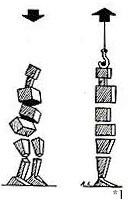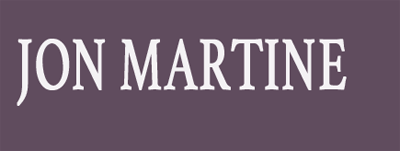Movement Education
 Towards the end of her life, Dr. Rolf believed that a movement training component would be a valuable adjunct to the structural Ten Series. Currently, approximately 25% of all Rolfers have been certified in Rolf Movement and employ this training as a way of enriching their work.
Towards the end of her life, Dr. Rolf believed that a movement training component would be a valuable adjunct to the structural Ten Series. Currently, approximately 25% of all Rolfers have been certified in Rolf Movement and employ this training as a way of enriching their work.
The purpose of Rolf Movement is to work with the client to identify the movement patterns that promote strain and asymmetry in her system.
Once these patterns are identified, the Rolf Movement practitioner doesnt necessarily seek to change those patterns which have served the client well. Rather the Rolfer offers more economical solutions, ones that promote greater balance and efficiency in the gravitational field.
Like the structural Ten Series, Rolf Movement is taught as a sequence of sessions devoted to specific structural and movement themes.
In a classic movement series, the first session is devoted to exploring breathing patterns and using the breath to promote ease and release holdings in the ribs, lungs and respiratory diaphragm.
Subsequent sessions address movement patterns in the foot, ankle and knee joints, the hip joint, the arms and head and neck. These sessions are normally repeated to access deeper holding patterns and achieve higher levels of order just as structural Rolfers return to the extremities and upper and lower girdles (the shoulder and pelvis) in the latter sessions to more fully integrate structure and function.
While Rolf Movement can be explored by clients who have completed a structural series, it serves equally well as a stand-alone tool for achieving higher levels of self-awareness and body coherence.

